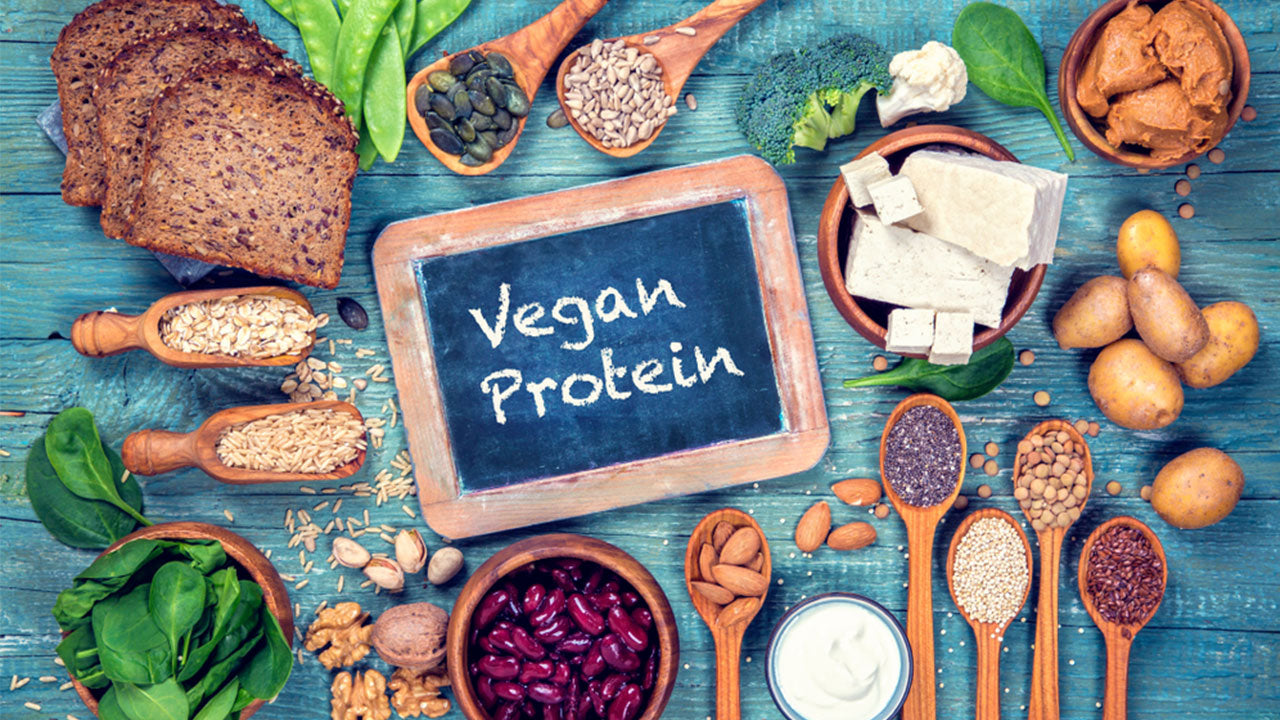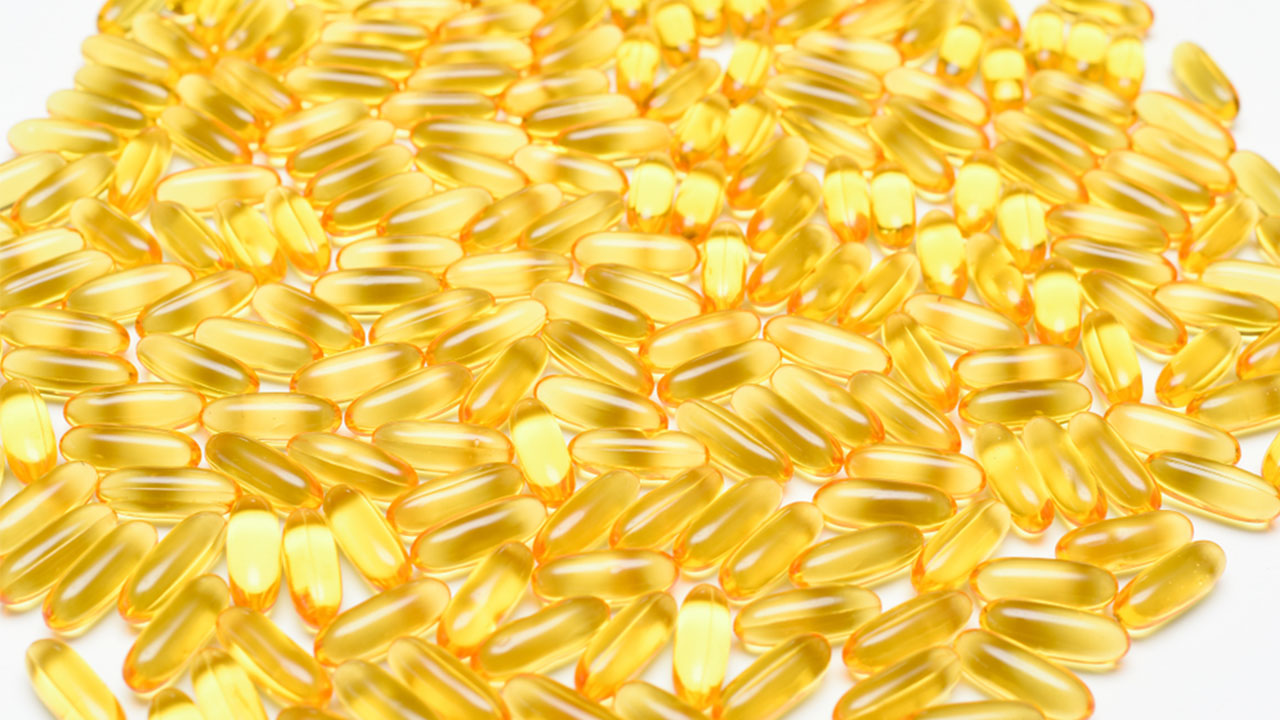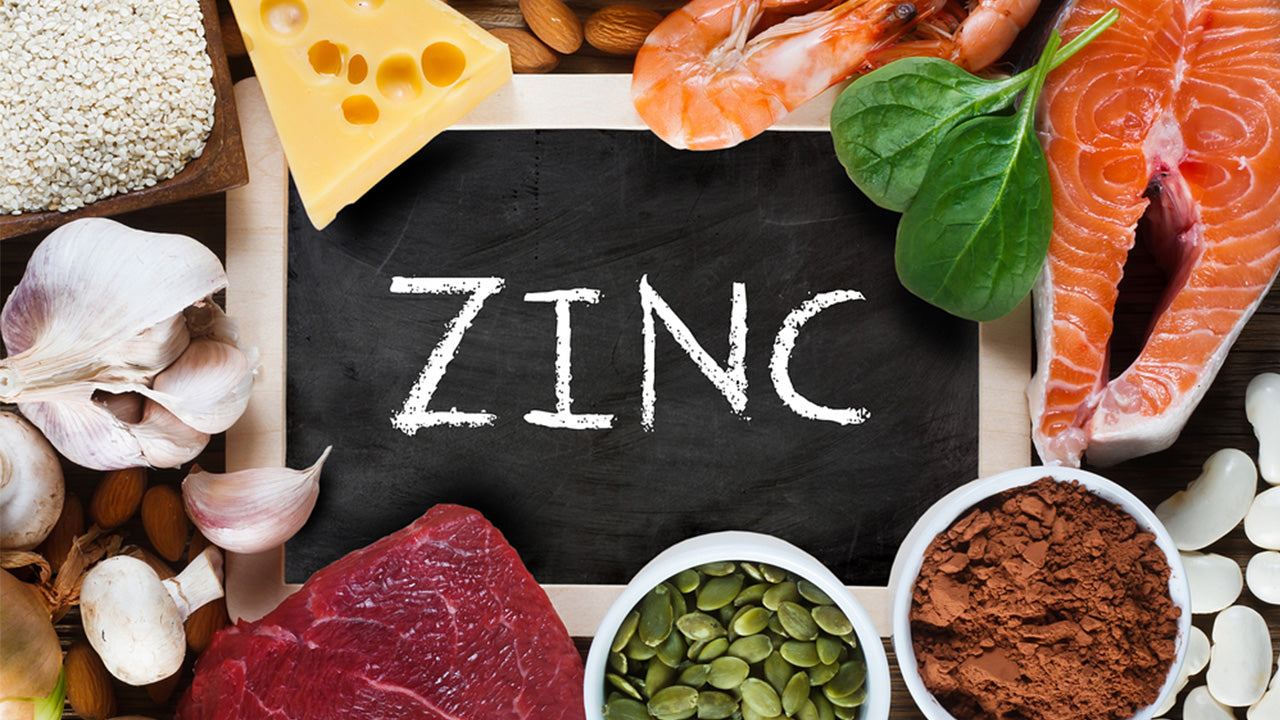Top 16 Vegan Foods High in Protein
 By: by Amino Science
By: by Amino Science

One of the first struggles involved in maintaining a vegan diet is getting enough protein. Significant amounts of casual protein comes from animal sources, and so it takes a fair amount of effort to derive the body's much-needed protein from plant-based foods. Below are 16 high-protein vegan foods, with their nutrient content, origins, and common recipe uses.

1. Tofu
One cup of the soy product tofu contains 10 grams of protein. A valuable resource for iron, calcium, the mineral manganese, and vitamin B1, tofu is what's known as a whole protein, meaning that it contains an adequate amount of the nine essential amino acids necessary in the human diet.
Where It Comes From
Made by pressing soymilk curds into a firm tofu slab, this high-protein source is invaluable. Tempeh and edamame also originate from soybeans, edamame from immature soybeans, which gives them a grassy taste, and tempeh from fermented soybeans, which has a more nutty flavor.
How to Eat It
Formed into cubes or balls, tofu can be grilled, fried, marinated, baked, or thrown into a vegetable stir fry. With a very light nutty flavor, tofu can be easily seasoned with a multitude of flavors, and because it's such an especially pliable substance (tofu texture can span the range from silken to extra firm), it can be formed into mimicking types of meat like chicken strips, hamburgers, and meatballs.
2. Lentils
One of the great vegan protein sources, lentils are edible legumes, and 1 cup of lentils has approximately 18 grams of protein. Lentils are also high in fiber, folate, and iron.
Where It Comes From
Lentils are widely cultivated throughout Europe, Asia, and North Africa but very little is grown in the Western Hemisphere. An annual plant, its seeds grow two to a pod.
How to Eat It
From soups to salads to a wide variety of side dishes, lentils promote gut health, provide a significant source of dietary fiber, and contain important antioxidants.
3. Seitan
Seitan is a high-protein food made from cooked wheat gluten and is a fantastic meat substitute. One cup has over 75 grams of protein, making it one of the richest plant protein sources, and also a good source for the minerals iron, calcium, and phosphorus.
Where It Comes From
Made from gluten, seitan is the main protein of wheat, which is why it's sometimes called "wheat meat." Seitan was coined in Japanese, and roughly translated means “made of proteins."
How to Eat It
Unlike many soy-based products, seitan actually resembles the look and texture of meat when cooked, and makes for a fun pizza topping. It can be sautéed, pan-fried, and grilled, meaning it's easy to include in a variety of recipes. Though not for those with celiac disease or a gluten sensitivity, this meat-like plant-based protein is a favorite of many vegetarians and vegans.
4. Wild Rice
An aquatic grass with edible grains, wild rice contains nearly 1.5 times the amount of protein of other long-grain rice varieties like basmati and brown rice. A cooked cup of wild rice contains 7 grams of protein, along with B vitamins, fiber, manganese, copper, and phosphorus. Wild rice is not stripped of its bran (unlike white rice).
Where It Comes From
Wild rice is one of only two cereal grains that are native to North America, and it happens to be the state grain of Minnesota.
How to Eat It
In a soup, as a side, or combined with any dish to add a healthy yet filling dimension to a meal. There are many vegan dishes that include a bed of wild rice as a base.
5. Ezekiel Bread
Ezekiel bread can be made from wheat, barley, millet, spelt, soybeans, and lentils. A single slice of Ezekiel bread contains approximately 4 grams of protein.
Where It Comes From
Ezekiel bread is made from sprouted whole grains and legumes. Because it doesn't contain added sugars, it is an organic, healthy alternative to other commercial breads. Sprouting also appears to increase the bread's beta-carotene, vitamin C, vitamin E, and folate content.
How to Eat It
You can eat Ezekiel bread the same as you would eat any other bread: toast, French toast, sandwiches, and so on. It's easier to digest for people with a gluten sensitivity due to a slightly reduced gluten content, and sprouted grain breads have an enhanced protein and nutrient profile over traditional breads.
6. Hemp Seeds
One tablespoon of hemp seeds (approximately 30 grams) contains 9.47 grams of protein, 50% more than chia seeds and flax seeds. Hemp seeds also contain calcium, magnesium, iron, and zinc. They're even a good source of omega-3 and omega-6 fatty acids.
Where It Comes From
A variety of the Cannabis sativa plant, hemp seeds do belong to the same family as the marijuana plant but contain only small trace amounts of THC. Hemp seeds may help reduce inflammation, and for women may diminish symptoms of PMS and menopause.
How to Eat It
Hemp seeds can be easily added to a diet by including them in smoothies, oatmeal cookies, homemade salad dressings, and protein bars. This valuable plant-based vegan protein is also highly digestible.
7. Chia Seeds
Speaking of chia seeds, though lower in protein than hemp seeds, chia seeds are quite high in fiber (28 grams of chia seeds delivers 11 grams of fiber). Chia seeds also contain iron, calcium, selenium, magnesium, omega-3 fatty acids, and antioxidants.
Where It Comes From
An important food for the ancient Aztecs and Mayans, chia seeds are an annual herb from the mint family and native to Mexico and Guatemala.
How to Eat It
Chia seeds have a bland taste and are able to absorb water until they reach a gel-like consistency. This makes them easy to include in a variety of recipes, from baked goods to smoothies to their own chia seed pudding.
8. Green Peas
A cup of cooked green peas contains 9 grams of protein (a little bit more than a full cup of milk), and provides more than 25% of your daily fiber requirements.
Where It Comes From
The pea is a small green seed eaten as a vegetable; the field pea was one of the very first crops cultivated by humankind.
How to Eat It
Often served as a side dish, sweet green peas can be stuffed in with ravioli filling, made into pea soup, or added to salads for delightful taste and texture. Mashed peas can be used even more creatively, as part of or an alternative to traditional avocado guacamole, as a spread for bread or crackers, or folded into other dishes for their valuable health content.
9. Pumpkin Seeds
A 100-gram serving of organic pumpkin seeds contains 15 grams of carbohydrates and 5 milligrams of protein.
Where It Comes From
From the pumpkin fruit (named after the Greek word pepon meaning "large melon"), pumpkin seeds have been found in Mexico dating back to the period between 7000-5500 B.C.
How to Eat It
You can flavor and roast pumpkin seeds in your oven, and enjoy them as a quick snack between meals. Whether plain, sweet, or salty, they can help curb your hunger during the day while adding a little extra protein to your stores.
10. Spelt
Spelt is an ancient grain, along with einkorn, barley, teff (also particularly high in fiber and gluten free), sorghum, and farro. One cup of raw spelt has 25 grams of protein and is an excellent source of complex carbs, fiber, iron, magnesium, phosphorus, and manganese.
Where It Comes From
Spelt is a type of wheat that contains gluten. A member of the farro family of grains, it was originally cultivated in what is now present-day Iran.
How to Eat It
Spelt can be prepared and eaten much like rice, but can also be included in a variety of recipes, from baked goods to pizza, from polenta to risotto.
11. Chickpeas
Also known as garbanzo beans, chickpeas are a legume that contain about 5 grams of protein per cooked cup. They are also an excellent source of complex carbs, iron, fiber, folate, phosphorus, and potassium.
Where It Comes From
An annual plant of the pea family, chickpeas were likely domesticated as a crop in what is currently southeastern Turkey and Syria about 11,000 years ago.
How to Eat It
Chickpeas are a staple of Middle Eastern, African, and Indian cuisines. Often made into hummus, chickpeas can also be added to stews, mashed to form pancakes and fritters, or flavored for taste and eaten on their own.
12. Nutritional Yeast
Nutritional yeast is a deactivated form of yeast. Fortified nutritional yeast is a great source for all the B vitamins, as well as the minerals zinc, magnesium, copper, and manganese. It also provides 14 grams of protein and 7 grams of fiber per ounce.
Where It Comes From
Nutritional yeast is derived from the single-cell organism Saccharomyces cerevisiae, which is grown on molasses before being harvested and heat-dried to deactivate it. Due to its being inactive, unlike baking yeast, nutritional yeast does not froth or grow, and thus has no leavening ability.
How to Eat It
Nutritional yeast can be enjoyed as a savory topping for popcorn thanks to its cheesy flavor, or sprinkled over pasta or pizza in lieu of Parmesan. It is also a popular ingredient for adding into dishes like mashed potatoes or scrambled tofu, both for its taste as well as its health benefits.
13. Quinoa
Another of the ancient grains, quinoa is gluten-free and considered a pseudocereal because it does not grow quite like other cereal grains do. One cup of cooked quinoa has 8.14 grams of protein.
Where It Comes From
A member of the goosefoot family, quinoa was widely cultivated in the Andes for its edible starchy seeds.
How to Eat It
Quinoa can be used in a powder form for adding protein content to baked goods. Otherwise it can be treated much the same as a rice dish: used as a base, a side, or eaten on its own with whatever preferred seasoning you've got.
14. Oats
With a good amounts of folate, magnesium, zinc, and phosphorus, oats are a cereal plant cultivated in cool climates and used for animal feed as well as human consumption. Although not considered a complete protein, 1 cup of cooked steel-cut oats has 10 grams of plant protein.
Where It Comes From
Originally considered a weed that afflicted wheat and barley, oats have since become a staple food in Western diets.
How to Eat It
Oats can be eaten in oatmeal, of course, and oatmeal cookies, but oats can also be included in veggie burgers, homemade protein bars, and mixed with yogurt for a pleasing and nutritious texture.
15. Edamame
Edamame is a green soy bean, and has 18 grams of protein per cup (a significant amount of protein).
Where It Comes From
Translated from Japanese, edamame literally means "beans on a branch," and appears regularly in and alongside Japanese cuisine (though edamame's roots are actually in China).
How to Eat It
You'll recognize edamame at sushi restaurants, but it doesn't have to stay there. In their pods, edamame can be boiled or baked and eaten as a snack. Shelled edamame can be added to salads, stews, basically any dish you want.
16. Peanut Butter
There are 65 grams of protein in 1 cup of peanut butter. Nuts and nut butters are a great source of protein, fiber, vitamins, and minerals.
Where It Comes From
Dr. John Harvey Kellogg (of Kellogg's cereal) patented a process for creating peanut butter in 1895. He noted that it was a healthy protein substitute for patients without teeth.
How to Eat It
Spread it, blend it, bake it into cookies, roll it into balls with other high-protein ingredients, literally go nuts!
High-Protein Vegan Foods
While it is important to be cognizant of the protein and amino acids often missing from a vegan diet, these vegan sources of protein show that removing animal products from your diet isn't a loss. Instead, it's a healthy alternative that leads to a rich variety of plant-based foods.
You can also make up for missed animal proteins by supplementing with a vegan essential amino acid powder. We recommend Life by The Amino Company. Find out more.

Up to 25% off Amino
Shop NowTAGS: food
Join the Community
Comments (0)
Most Craveable Recipes




 833-264-6620
833-264-6620



















